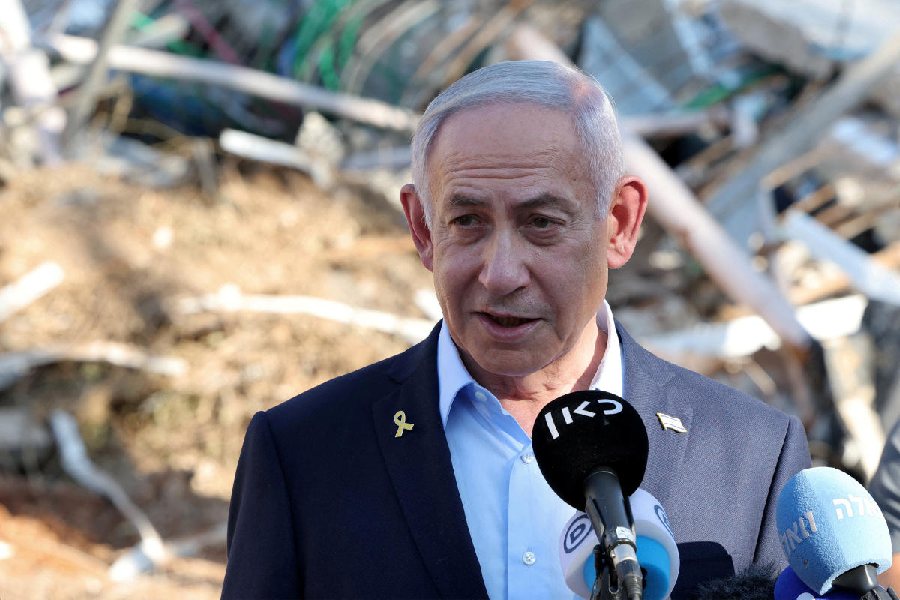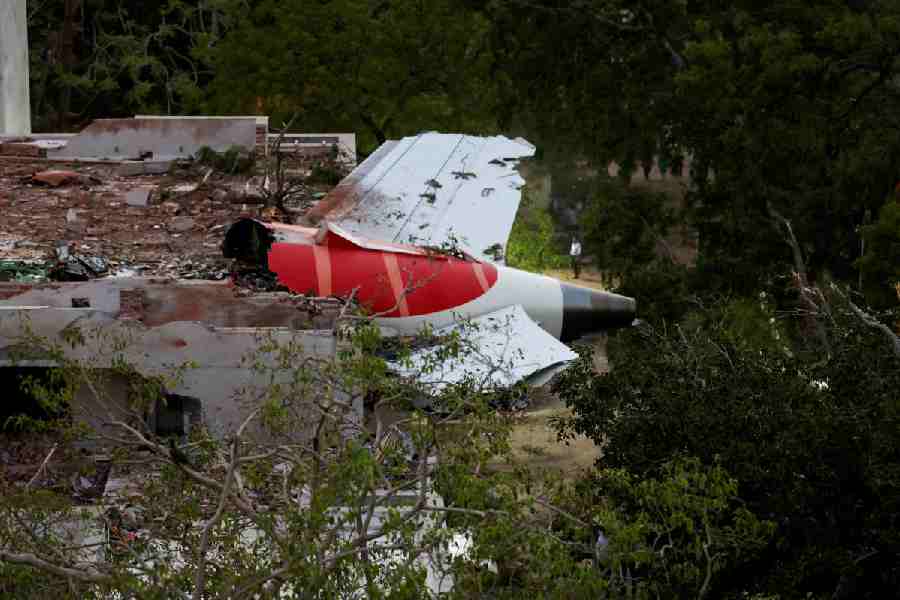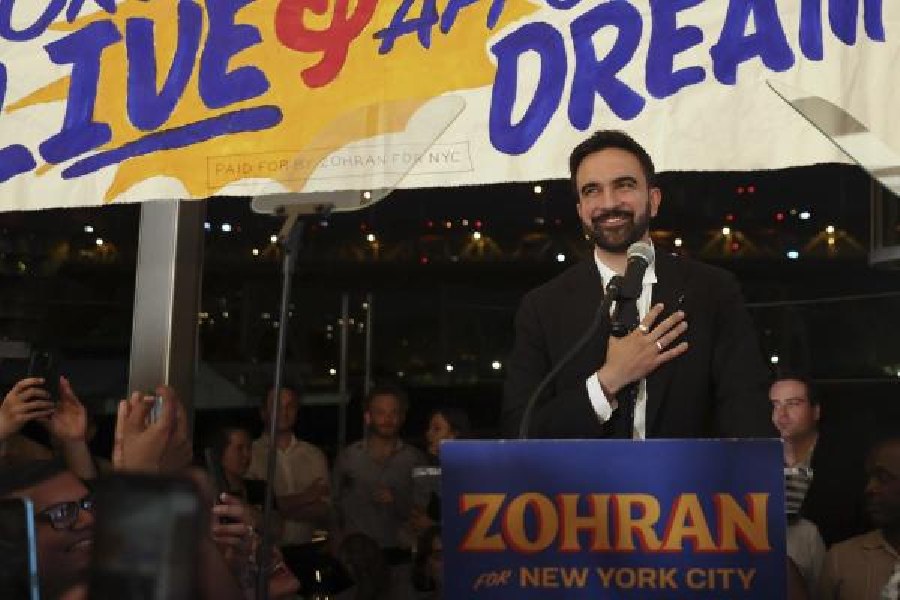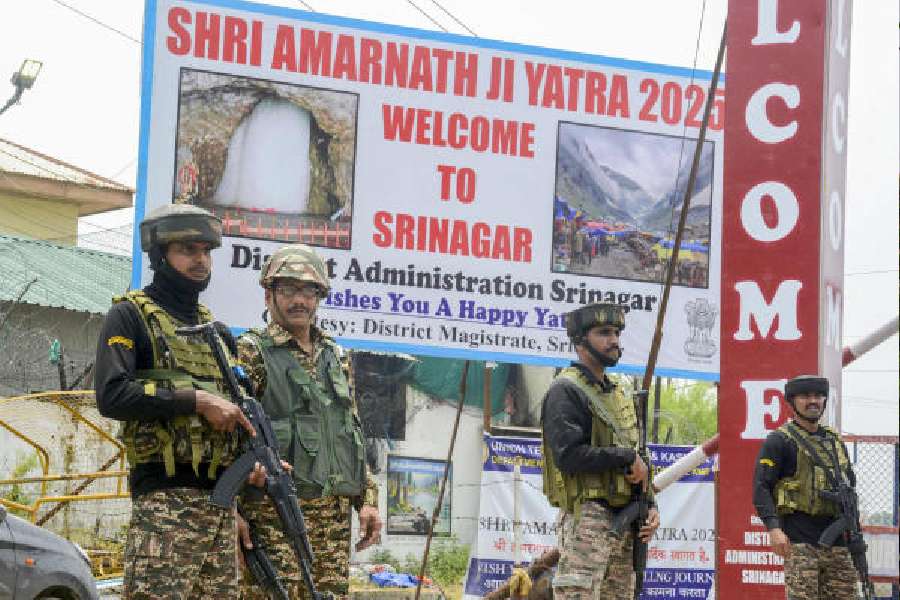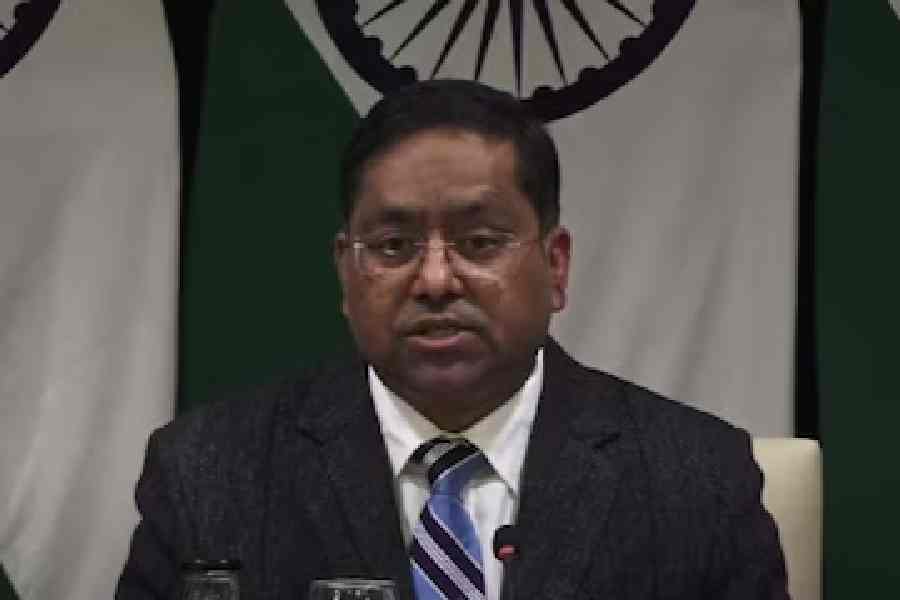As a young man, Ebrahim Alkazi spent a day pushing a handcart down Oxford and Bond Streets in London peddling his friend F.N. Souza's paintings. Alkazi was still many years away from fame as a theatre director, fine art curator, magazine editor, critic, gallerist, and collector. But among his fellow expatriates, including Souza and the poet Nissim Ezekiel, Alkazi had already made himself the centre of a burgeoning new world of art and spectacle.
Now 90, Alkazi was born in Pune in 1925 to a Kuwaiti mother and a Saudi father, a wealthy trader of silks, spices, and condiments who'd sent Alkazi to London with Rs 25,000. After completing a degree at the Royal Academy of Dramatic Art, he returned to India in 1951 to begin his career in Bombay, even while the rest of his family left for Pakistan. He quickly joined a society of young artists and writers who sought to make India a base of post-war cosmopolitanism. The picture below exemplifies both the bespectacled hobnobbing and cultural agitating that was involved. Alkazi's wife Roshen, Alkazi, Ezekiel, and the artist H.A. Gade are chatting at a 1954 exhibition of paintings by their contemporary Akbar Padamsee. Lovers, the painting in the background, was forcibly removed from the show on obscenity charges, which Padamsee eventually beat in court.


Alkazi would become known mainly as a theatre director. A new book, EBRAHIM ALKAZI: DIRECTING ART (Art Heritage with Mapin, Rs 5,500), edited by Parul Dave-Mukherji, shows him to have been no less inventive and influential in modern Indian painting. For "This Is Modern Art," a series of eight exhibitions curated by Alkazi in the '50s, he mounted prints and magazine cut-outs of important Impressionist and Cubist paintings that had never previously been shown in India. He took groups of 30-40 people on a tour of the show every night. Alkazi also edited two little magazines, Theatre Unit Bulletin and Art Heritage, which provided some of the only serious coverage of the Indian art scene. All the while he exhibited the work of lesser known artists like Sudhir Patwardhan (Irani Restaurant, 1977), at the time a practicing radiologist and now a painter whose work has been shown all over the world. The variety and abundance of Alkazi's projects are evinced by his long collaboration with M.F. Husain, whose paintings he exhibited (Marathi Woman, 1950) and whose sets he used in his plays (as in a production of T.S. Eliot's Murder in the Cathedral, 1953).


Personally, Alkazi could be fastidious and arrogant. He insisted that his acting students start training at six. He criticized their poor performances ruthlessly. He has referred to himself as "a genius" and his work as "impeccable". Maddening, brash, and occasionally humourless, he was also responsible for the cultivation of artists and the wonderment of audiences.
Aside from a single reference on its 249th page to "Alkazi's imperious temperament," Ebrahim Alkazi, subtitled The Making of a Modern Indian Art World, presents its namesake in an unqualified heroic mode. Amal Allana, Alkazi's daughter and a prominent theatre director, finds an approving adjective for each of her father's "significant" "weighty" "deep" pursuits. Most contributors repeat his lengthy resume of high editorial, curatorial, and administrative postings. The first of six planned volumes, and a companion to a recent exhibit at the Lalit Kala Akademi in Delhi, the catalogue is published by Art Heritage, Alkazi's own company, and it sorely lacks critical distance.
As a compendium of modern Indian paintings and ephemera from Alkazi's projects, the catalogue is informative and engaging. Its strongest section is the appendix, which features Alkazi's sharp mid-century criticism. He comments, for example, that Bombay's Progressive Artists' Group was united not by a common aesthetic but by "a herd instinct of self-preservation and security against the feeble attacks of an indifferent public." Here, in Alkazi's own work, is the piquancy that the catalogue of his life is missing.


